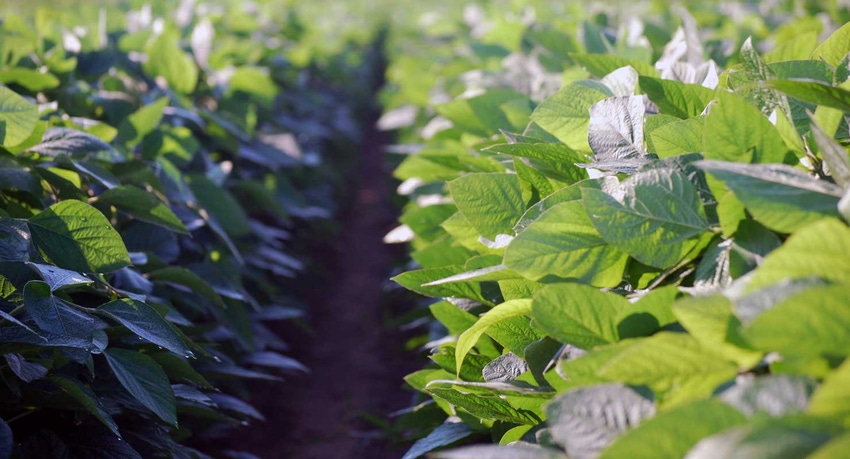January 25, 2022

Because of the current supply chain-price issues with fertilizers and agrichemicals, growers are contemplating all potential crop options for 2022. Although soybeans are not a preferred rotational crop for historical peanut growers, they are attractive to others because they are a legume and do not require much or any supplemental nitrogen.
The availability and price of herbicides such as Roundup and Liberty, the uncertain future of dicamba, the lack of reliable Enlist (2,4-D choline) soybean variety performance data for the Southeast, and premiums for non-GMO soybeans have potential growers searching for weed control options in conventional soybean systems.
I would like to remind all readers of this column that soybean weed control, before the introduction of RR soybeans in 1996, was not perfect but not impossible. Fortunately, I began my professional weed science career in 1987, so I fondly remember those “good old days.”
Soybean growers searching for conventional weed control programs must first ask themselves the following questions:
How frequently have I used PPO-herbicides (Aim, Cobra, Goal, Sharpen, Spartan, Reflex, Ultra Blazer, and Valor) over the past few years?
Is it possible that I could have PPO-resistant Palmer amaranth?”
If the answer to these questions is 1) a lot and 2) yes/maybe, it is very unlikely that you will be able to grow conventional soybeans unless you are willing to aggressively commit to the use of wider rows, mechanical cultivation, and hand-weeding. But, do you have the time, personnel, and/or cash for these? The very real threat of PPO-resistance is the main reason why I have never been a huge fan of Valor (PRE)/Reflex (POST) herbicide programs in Georgia soybeans. Great weed control but poor resistance management.
If you were growing soybeans in Georgia in 1995, the top 3 most troublesome weeds were sicklepod, annual morningglory, and pigweed. These very same weeds are still a problem today. But, I probably would also add tropical spiderwort/Benghal dayflower to this list. In 1995, the top 4 herbicides used in Georgia soybeans were Sencor/Lexone (metribuzin), Treflan (trifluralin), Classic (chlorimuron), and Prowl (pendimethalin). All of these active ingredients are still around today in some shape or form but they may not be as effective on certain weeds due to the evolution of DNA and ALS-resistance.
Assuming that you do not have PPO-resistant Palmer amaranth, here are my suggestions for weed control in conventional soybeans:
Soil test fields for OM/sand/silt/clay content.
Start clean using tillage, cover crops, and/or herbicides.
Plant in rows <30”
If soil test is favorable, procure a metribuzin-tolerant soybean variety and use a PRE combination of metribuzin + 1 of the following: Anthem Maxx, Dual Magnum, Outlook, Prowl, Warrant, or Zidua.
Make a POST application of Reflex or Prefix or Warrant Ultra when largest pigweed in field is ≤3”. Why just these 3 products? PRE + POST pigweed control in 1 jug.
Use POST applications of either Classic or FirstRate for additional sicklepod and morningglory control. FYI, FirstRate was not registered for use in soybean until 1997. You might want to check with your seedsman to see if the soybean cultivar you choose would also have either the STS or Bolt technologies (both are non-GMO) to reduce potential injury from Classic or FirstRate.
Via the internet, I was able to find a few (not many) soybean varieties with both metribuzin + STS/Bolt, but I have no idea if they are racehorses or dogs.
Control escaped grass weeds with Assure, Fusilade, Poast, or Select.
Hand-weed escapes before plants produce viable seed.
Weed control in conventional soybeans is very doable as long as PPO-resistance is not an issue. With some thoughtful pre-planning, it might not be easy or perfect, but soybean growers should be able to get good enough weed control to maintain top yields.
Wishing you the best of luck in 2022. As always, good weed hunting!
About the Author(s)
You May Also Like






